Air Suspension 1990
-
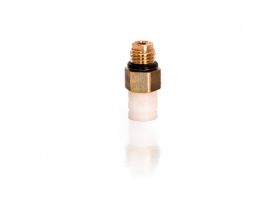
 Voss Fitting 4mm | Automotive Compression Fitting Air Suspension FittingIn stockVoss Compression fitting for the repair of leakage in your air suspension system.€9.95 €8.22In stockMore information about shipping
Voss Fitting 4mm | Automotive Compression Fitting Air Suspension FittingIn stockVoss Compression fitting for the repair of leakage in your air suspension system.€9.95 €8.22In stockMore information about shipping -
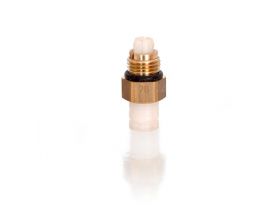
 Voss Fitting 6mm | Automotive Compression Fitting Air Suspension FittingIn stockVoss Compression fitting for the repair of leakage in your air suspension system.€9.95 €8.22In stockMore information about shipping
Voss Fitting 6mm | Automotive Compression Fitting Air Suspension FittingIn stockVoss Compression fitting for the repair of leakage in your air suspension system.€9.95 €8.22In stockMore information about shipping -
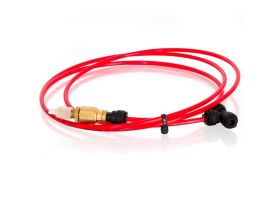 Air Suspension Emergency Repair Kit 4mmIn stockAir suspension emergency repair kit 4mm to repair your air suspension system temporarily.€24.95 €20.62In stockMore information about shipping
Air Suspension Emergency Repair Kit 4mmIn stockAir suspension emergency repair kit 4mm to repair your air suspension system temporarily.€24.95 €20.62In stockMore information about shipping -
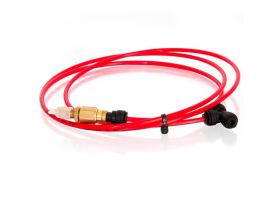 Air Suspension Emergency Repair Kit 6mmIn stockAir suspension emergency repair kit 6mm to repair your air suspension system temporarily.€24.95 €20.62In stockMore information about shipping
Air Suspension Emergency Repair Kit 6mmIn stockAir suspension emergency repair kit 6mm to repair your air suspension system temporarily.€24.95 €20.62In stockMore information about shipping -
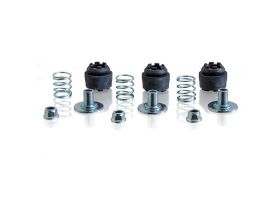 Audi Isolationrubbers for Wabco Air Suspension Compressor 4Z7698505In stockAudi Isolationrubbers for the resonance of the WABCO air suspension compressor.€24.95 €20.62In stockMore information about shipping
Audi Isolationrubbers for Wabco Air Suspension Compressor 4Z7698505In stockAudi Isolationrubbers for the resonance of the WABCO air suspension compressor.€24.95 €20.62In stockMore information about shipping -
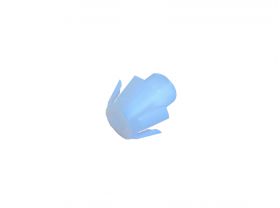 Mercedes luchtveer installatieclip | bevestigingsclipIn stockMercedes luchtveer installatieclip voor de fixatie van de veerbalg op verschillende modellen van Mercedes.€4.95 €4.09In stockMore information about shipping
Mercedes luchtveer installatieclip | bevestigingsclipIn stockMercedes luchtveer installatieclip voor de fixatie van de veerbalg op verschillende modellen van Mercedes.€4.95 €4.09In stockMore information about shipping
Looking for an air suspension system or air suspension parts? Select your make of car.
Increasingly, car manufacturers in the more expensive segment are no longer equipping passenger cars with steel springs in combination with traditional shock absorbers, but opting instead for a complete (full air suspension) or partial (rear axle level control) electronically adjustable air suspension system. This benefits not only driving characteristics, but also safety. The system was first used in lorries in 1909, but has been on the rise in recent decades due to the arrival of very luxurious cars and SUVs.
How does air suspension work?
What is resilience?
Air consists of air particles that can be compressed, when air is compressed pressure is created. When the pressure drops, these air particles return to their original shape. The principle of the air spring consists of compressing and expanding air. An air spring can therefore replace a coil spring.
The air spring essentially consists of nothing more than a piston and a cylinder. The air springs or pistons compresses the air present in the cylinder. The spring force (= carrying capacity) of an air spring is determined by the diameter of the circle of the piston and the overpressure present in the air spring.
The larger the circle, the greater the carrying capacity of the air spring. Small changes in the circle area can already make a big difference in the carrying capacity of the air spring. By adjusting the pressure in the air spring, the carrying capacity and stiffness of the spring can be adjusted. The less air, the stiffer the suspension; the more air, the smoother the suspension.
Compress and extend
When the air spring is extended, the diameter of the spring springs is smallest. When compressing, the spring springs roll along the roller piston. The diameter of the spring springs is then the largest.
The larger the diameter of the spring springs, the greater the carrying capacity of the air spring. During compression, the air in the spring springs is compressed. If there is little air in the spring, a hard (sporty) suspension is created. If there is a lot of air in the spring springs, a soft (comfortable) suspension is created.
Construction of air springs
We speak of air springs when only air is used as the spring element (and no liquids or other gases).
Air springs consist of:
an upper housing with an outer casing;
the spring springs of the air spring;
optionally : an auxiliary reservoir
a vibration damper (shock absorber) that is integrated in the spring.
In a “fully load-bearing” air suspension system, only air springs are fitted as load-bearing spring elements on all wheels. In “part bearing” air suspension system, a combination of steel springs and gas pressure springs (with hydraulic or pneumatic control) provides the suspension. (auxiliary suspension)
Air suspension passenger cars
Air is stored in the expansion tank with the aid of a compressor.
If the air pressure falls below a certain value (electronically set), the compressor automatically switches on and refills the expansion tank to the desired pressure.
As soon as the driver changes the suspension setting in the vehicle, a solenoid valve directs air in or out of the air spring. This regulates the flexibility of the suspension (little
